|
Wetland and Aquatic Plants
of
Oklahoma
Interactive Keys: Free
Floating Plants
Duckweeds
(Lemnaceae)
1. Plants one
root per frond
Identification: Duckweeds can be very
difficult to identify. First determine whether roots are present
and, if so, how many. To identify Lemna
species, you will need a microscopic to count the number of veins
(nerves) and
determine whether warts (papules) are present.
Lesser
duckweed (Lemna
aequinoctialis Welw.)
Native perennial.
click
thumbnails to enlarge
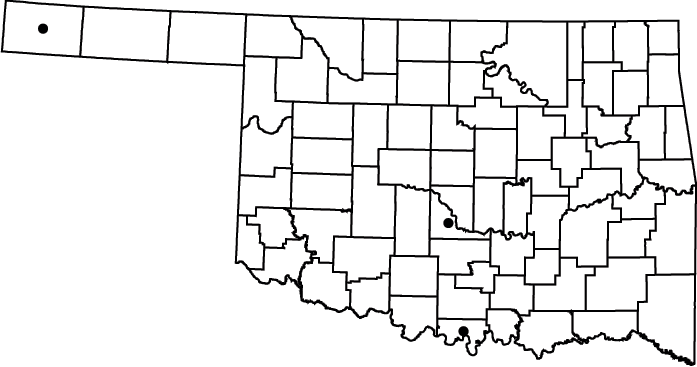
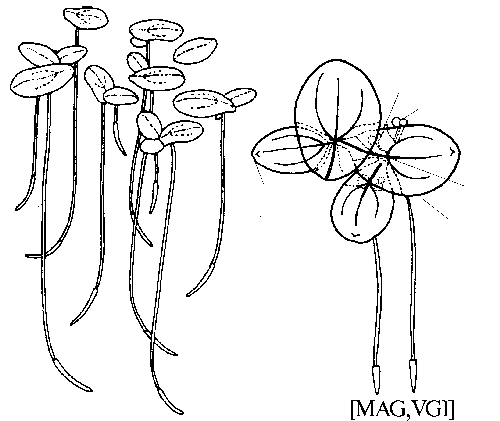
Notes:
Fronds 1 - 5 mm long with the
largest 2 - 3 warts near the edge. Roots
less than 3 cm long and sharp tipped.
Common
duckweed (Lemna minor L.)
Native perennial.
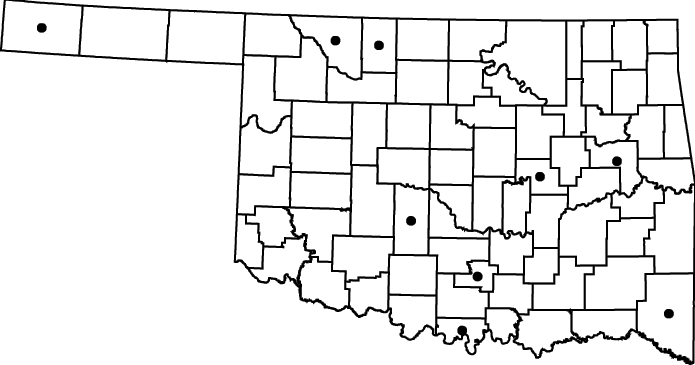
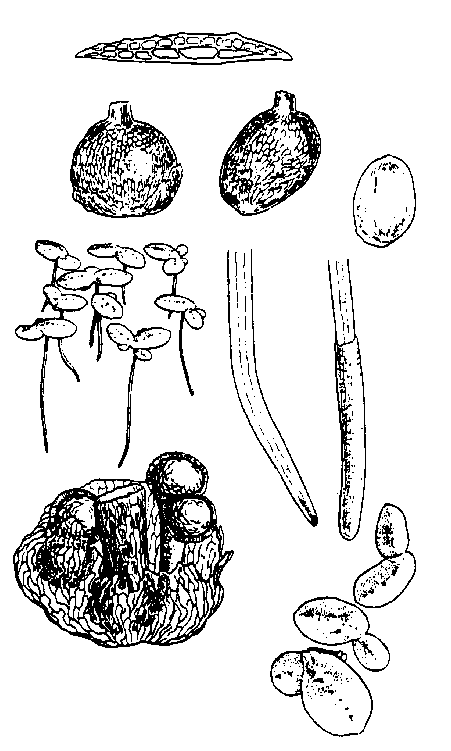
Notes: Fronds 2 - 8
mm long, three to five veins, and
smooth upper surface. Root longer than
3 cm and blunt tipped.
Little
duckweed (Lemna obscura
(Austin) Daubs)
Native
perennial.
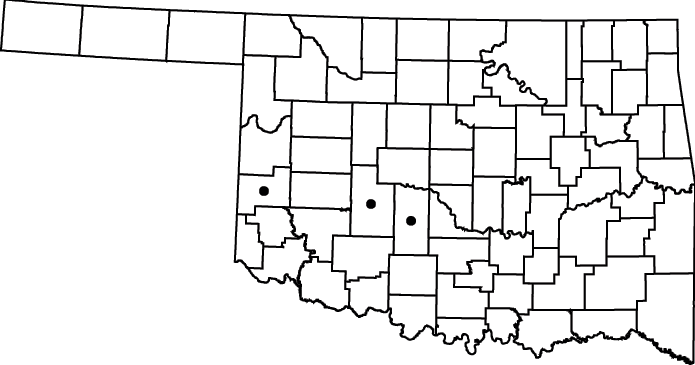
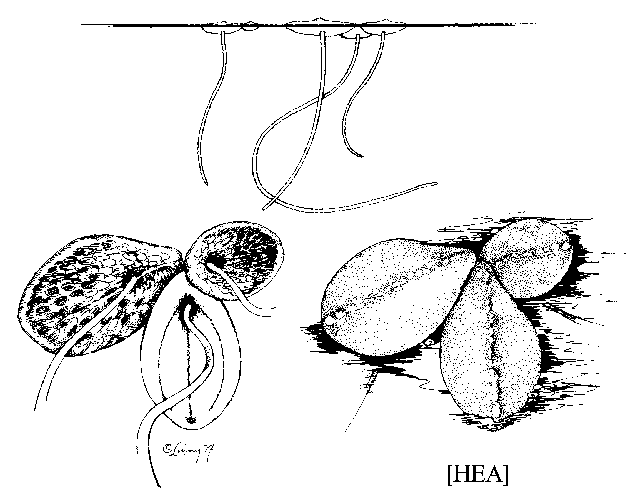
Notes: Fronds 1 -
3.5 mm long and a strongly convex
underside. Root longer than 3 cm and
blunt tipped.
Minute
duckweed (Lemna
perpusilla Torr.)
Native
perennial.
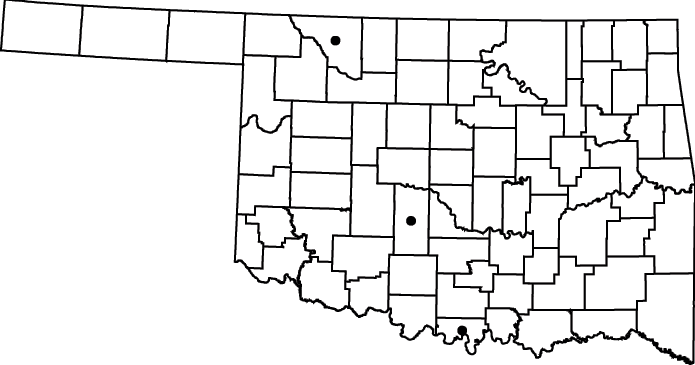
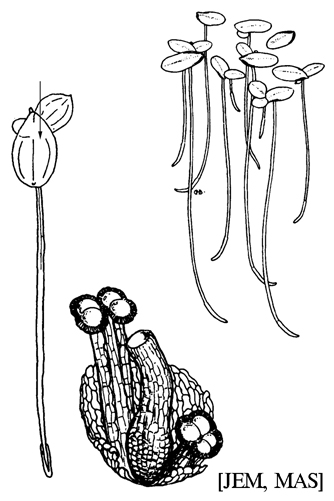
Notes: Fronds 1 - 4
mm long with the largest warts near
the edge. Roots less than 3 cm long and
sharp tipped.
Turion duckweed (Lemna
turionifera Landolt)
Native
perennial.
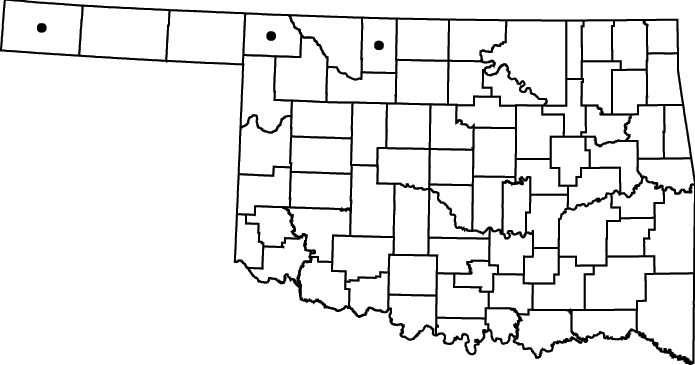
Notes: Fronds 1.5 -
4.0 mm long, with 3 - 5 veins and a
line of warts extending the length. Root
longer than 3 cm and blunt tipped.
Duckweed
(Lemna
valdiviana Phil.)
Native
perennial.
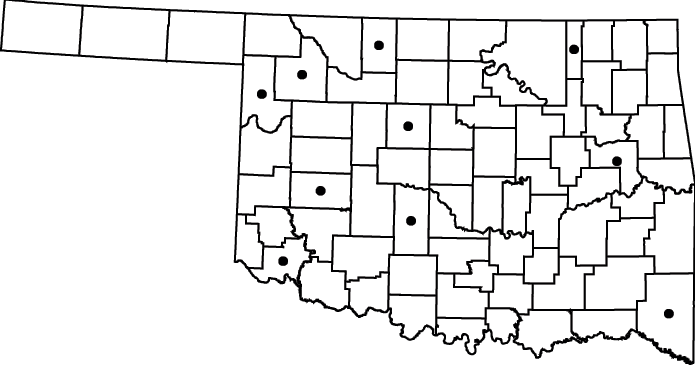
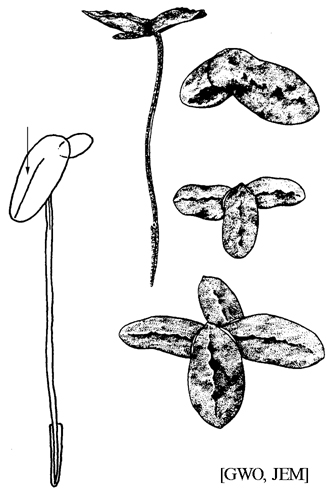
Note: Fronds number
two to five, 2.5 - 5 mm in length,
elliptical to oblong, and have one vein or are veinless.
Root less than the length of the frond. Most species overwinter as fronds reduced in
size
floating on or below the waters surface. Some
develop a specialized overwintering structure
known as a turion.
Last update: 1/23/04
Comments to : Bruce Hoagland
bhoagland@ou.edu
Go to Oklahoma
Biological Survey Home Page
 Disclaimer Disclaimer
|

